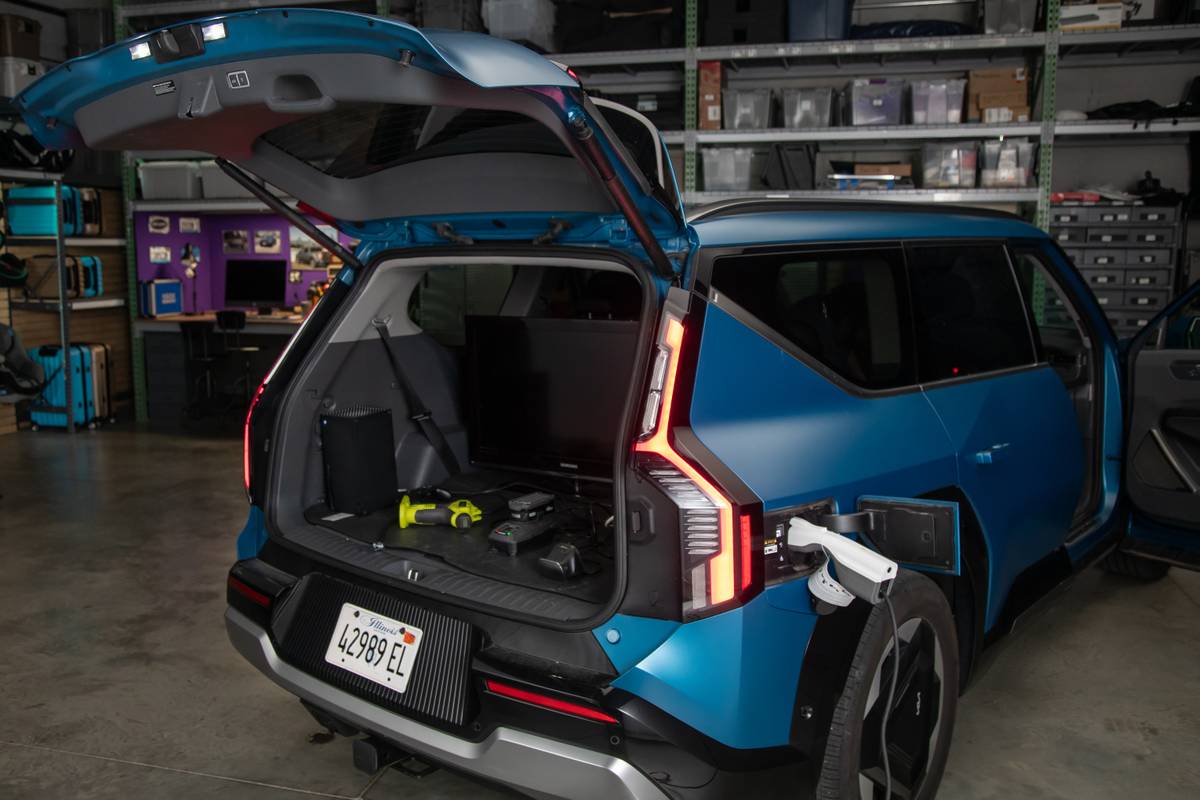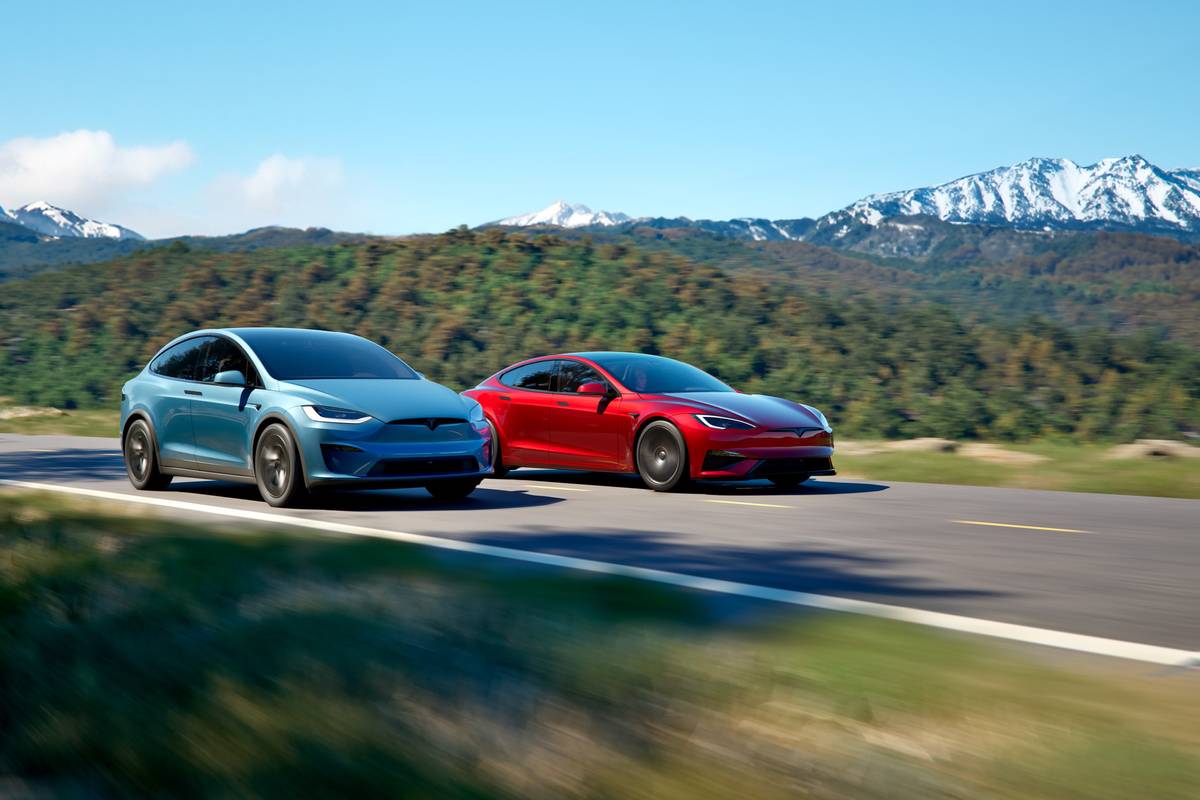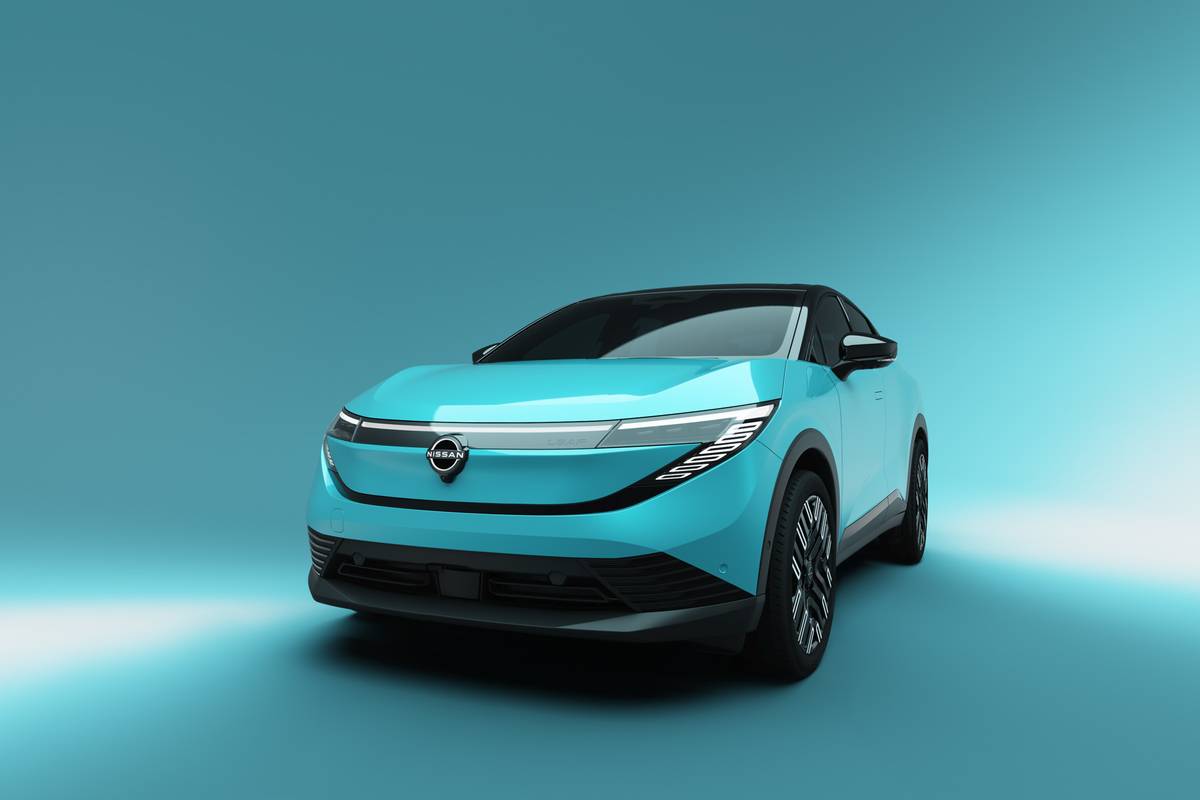Our view: 2010 Mazda MX-5 Miata

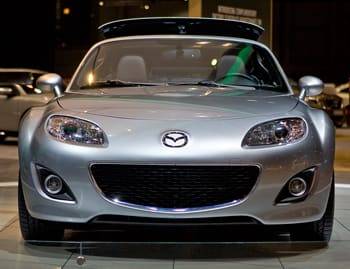
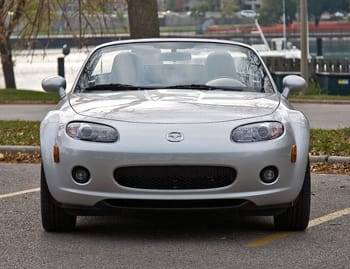
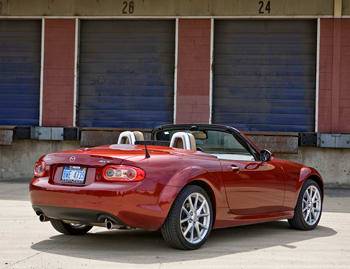
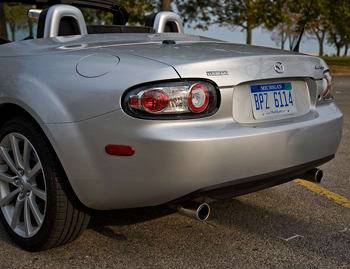

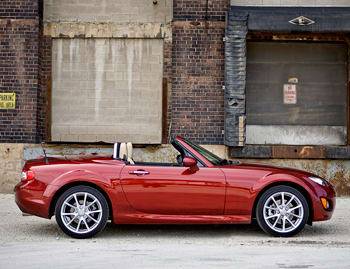

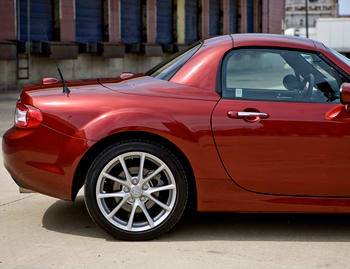

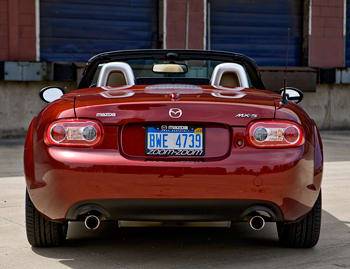
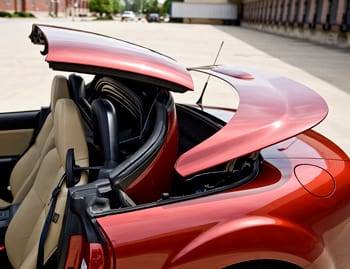
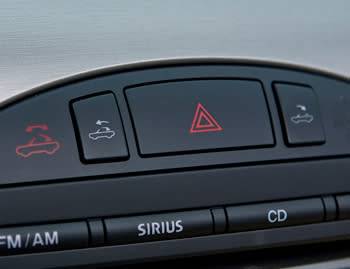
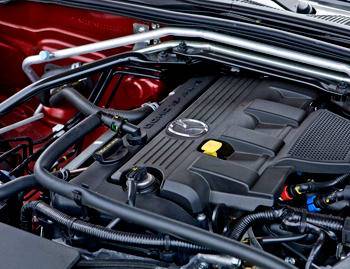
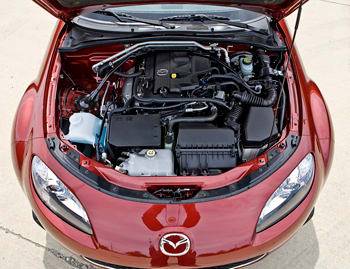
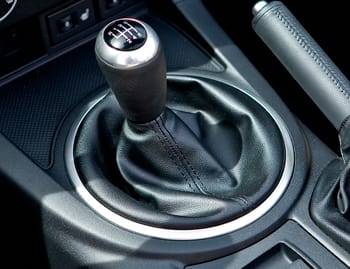
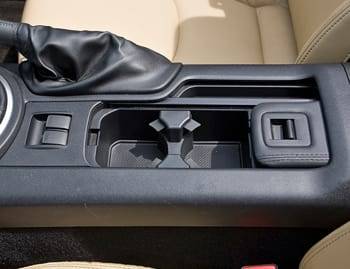
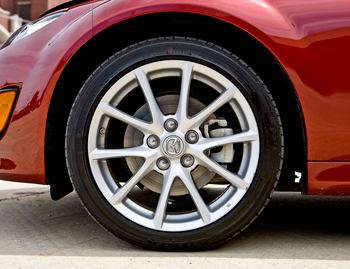
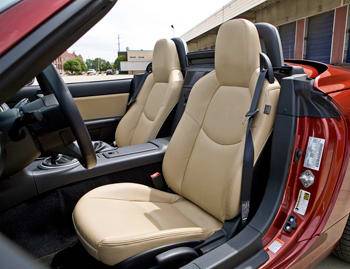
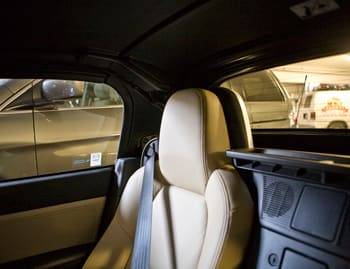
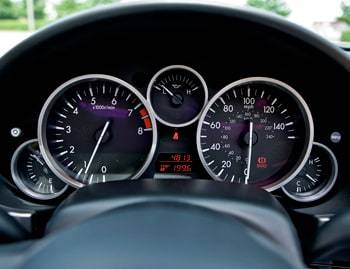
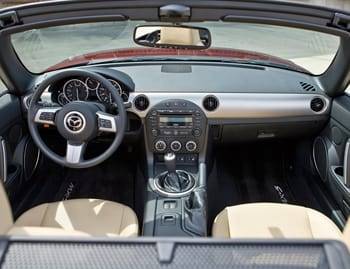
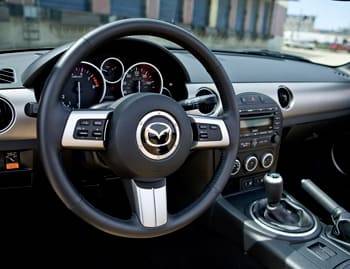
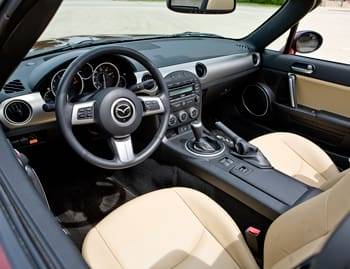
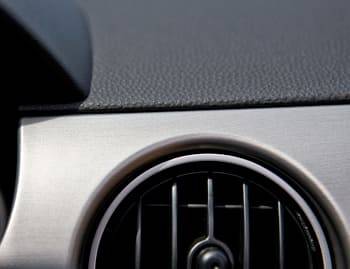
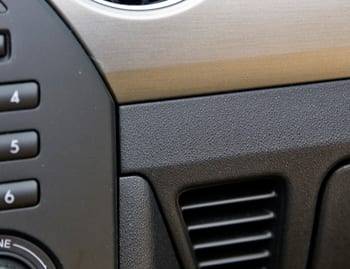
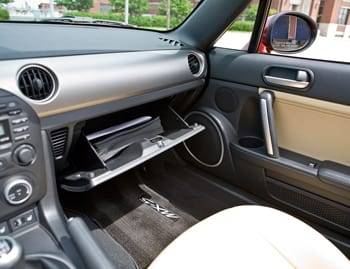
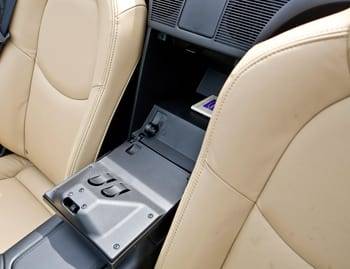


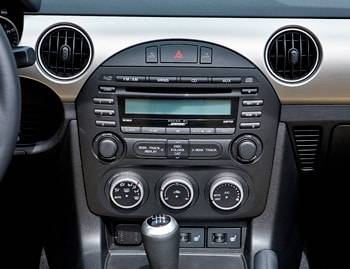






























Editor’s note: This review was written in June 2009 about the 2009 MX-5 Miata. Little of substance has changed with this year’s model. To see what’s new for 2010, click here, or check out a side-by-side comparison of the two model years.
If you don’t like fun, if you prefer to mope about and wallow in your own misery, you’re going to have to skip the Mazda MX-5. That might seem easy, because you probably don’t know that “MX-5” is Mazda’s official name for its two-seat convertible, also known as the Miata. Sound a little more familiar? Then “Miata” is the name I’ll use from now on as a constant reminder so you don’t accidentally drive one and ruin an otherwise glum day.
Some people think convertibles are inherently fun; some don’t. The same can be said of small cars: fun by design, or cramped and invisible to larger cars and trucks? Take away the convertible aspect and peewee size, and the Miata is still fun — a fun you can’t understand unless you drive it. And so it has been since the Miata revived the affordable-roadster market 20 years ago. The first model was a 1990, but it hit the market in 1989, so the 2009 I tested celebrates a birthday, if not technically an anniversary. I celebrate the upgrades Mazda implemented for this model year, including some suspension changes, a higher engine redline, new seats and revised styling. (Compare other changes side-by-side.)
As equipped, my test Miata Grand Touring with its optional power-retractable hardtop and several other options cost a steep $31,010. Fortunately, the fun isn’t sacrificed in the base trim level with a manual soft-top, which starts at $21,750. At this price, the Miata competes with the erstwhile Pontiac Solstice and Saturn Sky, which constitute a decent first effort from General Motors but have nowhere near the Miata’s quality and refinement. There are other, cheaper convertibles, but none with the Miata’s size, rear-wheel drive and overall gestalt.
Exterior & Styling
Technically the same generation as the 2008, the 2009 model’s restyling is definitely noticeable, as the nose extends lower and the grille is now larger and smile-shaped. Unlike the Mazda3, this smile isn’t overdone. The headlights are more shapely. The rear bumper is also deeper and wider, with a more prominent crease on the side, and the tailpipes are now flush with the bumper. Mazda says the side sills and taillights are also reshaped, but it’s mainly for aerodynamics and they’re not easily distinguishable from the 2008 version. I think the changes are positive overall, but of course the best-looking Miata ever made was the 2002 Special Edition in Titanium Gray Metallic. I don’t believe that simply because I own one. I own one because I believe that.
The hardtop’s operation is reasonably quick and slick, and the sole manual step is to latch or unlatch at the top-center of the windshield using a single handle. The car looks good in profile when the top is down, though if you look closely the deck lid isn’t as clean and seamless as most hardtops — and even some ragtops — are nowadays. On the upside, the roof panels don’t sacrifice trunk space versus the soft-top, which is unheard of with this type of top. Though the trunk isn’t large to begin with, its top-down volume is more than double those of the Solstice and Sky, whose cargo area is a cumbersome horseshoe shape even when their tops are raised. Note that the hardtop adds 82 pounds to the curb weight, but price increases vary with trim level. It’s offered on the Sport, Touring and Grand Touring, where it adds $2,640, $1,700 and $1,840, respectively.
The Little Engine That Could
The Miata started its life with a 1.6-liter four-cylinder that grew to 1.8 liters in 1994 and 2.0 liters with the current (third) generation in 2004. Tweaks over the years, including the addition of variable valve timing in 2001, have increased the output incrementally. When equipped with a five- or six-speed manual, the 2009 now produces 167 horsepower, a 1-hp increase over last year. The change comes from a higher redline with the manual: 7,200 rpm rather than 6,700 rpm with the six-speed automatic, which is programmed to upshift before hitting the rev limiter and is capped at 158 hp as a result.
It seemed to me that the power increase over last year was negligible in my test car, but it gives a little more “headroom” in each gear before hitting the limiter or requiring an upshift. It adds some flexibility, in a sense, though I seldom felt it necessary to ride the tach to its peak. For one thing, the little engine has substantial torque at low rpm for a small block with no turbo. The five-speed, which I haven’t tested, would probably tame the launch a bit. Even if you want or need to work the shifter more than I did — say on hillier terrain — you won’t mind. The stick is well-placed, a good height and has medium-short throws and well-defined gates. A short-throw shifter kit would be attractive to some buyers, but for the masses, this one’s just about perfect.
Mazda also revised the engine’s intake runner for a sportier sound, and it definitely works for me. Again, for its size, it sounds deeper and beefier than its 2.0 liters suggest. It’s nice to see a four-banger make some noise without sounding as flatulent as some tuner imports do. Another bonus: EPA mileage estimates have increased by 1 mpg on the highway with the five-speed manual and 1 mpg in both city and highway with the six-speed automatic.
Driving Sideways and Other Assets
As always, the MX-5 has rear-wheel drive with excellent front/rear weight distribution. At roughly 52/48 (51/49 with the hardtop), its bias is toward slight understeer, which keeps things safe. An electronic stability system, which is optional on the Grand Touring trim level, keeps things safer still. I turned it off most of the time because the Miata is one of the most controllable cars out there, and part of the fun is sliding around a bit, hanging the tail out and occasionally driving sideways. The standard tires are summer performance ones. The two lower trim levels get 16-inchers, and the Touring and Grand Touring’s measure 17 inches.
My car’s Bridgestone Potenza RE050As, rated P205/45R17, provided excellent grip and had the courtesy to lose traction gradually and silently, which prevents calling attention to oneself. Truth be told, the tires grip well enough that driving sideways might require more speed than you can wisely muster in normal use. That’s not to say the car is anything but fun at all speeds and circumstances. Mazda retuned the suspension for 2009 with the goal of improving road feel, and it was there, especially with my car’s optional Suspension Package, which includes sport tuning and a limited-slip differential. Thankfully, the ride quality was still livable, keeping in perspective that it’s a small car, yet steering feedback is excellent and all the various components and attributes work together so well that your confidence grows with every mile. In time you’re looking for reasons to turn, practically seeking out boneheaded traffic scenarios you can scoot past in your overgrown rollerskate.
Lest you think I’m a biased Miata owner, drop by your nearest racing club, such as a Sports Car Club of America, and see how many of these cars show up. The Miata’s low price, legendary tractability and engine durability make it a mainstay. Mazda boasts about more of its cars being road-raced on any given weekend than any other brand, and Miata is the most-raced nameplate in the world.
Interior & Safety
Though the car is small, the two-seat configuration provides more driver space than you might expect. A 6-foot-tall ectomorph, I fit just fine, though it wouldn’t be my first choice for a long drive … or my 20th. If you’re much taller or wider than me, the fit becomes more questionable. Redesigned for 2009, the seats have a bit more side bolstering, and I was happy with them. Since 2008, all trim levels have included a driver’s seat height adjustment, which removes the arbitrary compromise that had served neither short nor tall drivers.
The Miata’s visibility story is part comedy, part tragedy. The comedy is that you’re darting around like a hyper kid at the roller rink, grinning like a fool because you see practically everything and can stop shorter and evade faster than everyone else. Even the view over your right shoulder with the top up isn’t bad because the window is immediately behind your head. The tragedy is that the hyper kid isn’t so easy for the other skaters to see, and you might find yourself checked into the boards — or over them … possibly through them. Exacerbating this threat is the current Miata’s horn pad, which consists of a disc recessed in the very center of the steering wheel. In an emergency scenario, it’s good to be able to hit the horn with your thumbs or mash the steering wheel hub with your fist. The Miata’s horn just isn’t easy enough to trigger compared with the previous generation’s broad pad. Really, I’m not confident the little “meep-meep” horn is going to help you much (“Honey, did we just run over the Road Runner?”), but it has a better chance of sparing you if you can hit it.
This is the reality of driving a small vehicle. All you can really do is keep your eyes and options open, don’t go overboard with the hyper-skater routine and be especially mindful that you’re hard to see. The MX-5 has the mandated front airbags, and because there’s no backseat for carrying children or small adults, the passenger’s airbag can be deactivated by means of a key switch in front of the driver’s left knee. Side-impact airbags are standard, as are antilock brakes. (See all the safety features here.) Even so, let’s not kid ourselves about a small car’s ability to protect its occupants in a collision with a larger vehicle. Being a low-volume car, the 2009 Miata hasn’t been crash-tested, but recent Insurance Institute for Highway Safety tests that collided highly rated small cars with larger ones underscores the fact that there’s no cheating physics. The Miata is small, lightweight and low-slung. If you’re not comfortable with the risk, don’t drive a small car.
Miata in the Market
The Miata’s advantages in the market are that it has little competition — and none with anywhere near its two decades of refinement and evolution. There’s almost a $10,000 span between the base-priced soft-top and a Grand Touring hardtop loaded with every option I could pile on — including the automatic transmission, Premium Package and run-flat tires — for a total of $32,090 with the destination charge. Even so, this is below the starting price of a Honda S2000 ($34,995), let alone luxury roadsters from Audi, BMW and Mercedes-Benz (base priced from around $35,000 to $46,000). Fortunately, the fun comes standard in the most affordable model.
If fun isn’t your thing, don’t drive the Miata. In fact, don’t even look at one. And don’t click on the thumbnails to the right. You might be tempted.
| Send Joe an email |

Former Executive Editor Joe Wiesenfelder, a Cars.com launch veteran, led the car evaluation effort. He owns a 1984 Mercedes 300D and a 2002 Mazda Miata SE.
Latest news
